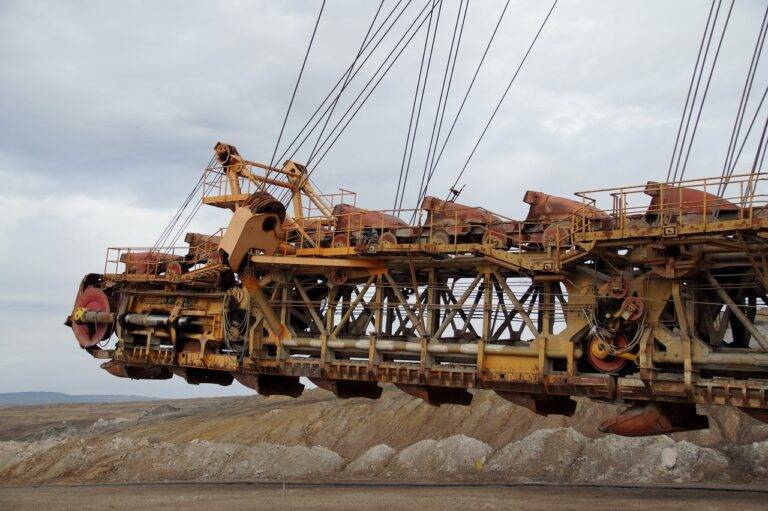The Role of Tech in Disaster Risk Reduction: Predictive Analytics and Early Warning Systems
In times of disaster, technology plays a crucial role in enhancing preparedness efforts. One key way technology aids in disaster readiness is through the use of advanced communication tools. Platforms like social media, emergency alert systems, and mobile applications enable swift dissemination of critical information to a wide audience, helping people stay informed and take necessary precautions ahead of a potential crisis.
Moreover, modern innovations such as drones and satellite imaging have revolutionized disaster response by providing real-time data and visuals of affected areas. These high-tech tools allow emergency responders to assess damage, track the movement of a disaster, and plan rescue operations more effectively. By equipping teams with accurate information promptly, technology empowers them to make well-informed decisions and respond efficiently in the face of adversity.
The Importance of Data Analysis in Disaster Risk Reduction
Data analysis plays a critical role in enhancing disaster risk reduction strategies. By effectively analyzing vast amounts of data collected from various sources, including satellite imagery, weather patterns, and historical disaster records, experts can identify trends and patterns that help in predicting and preparing for potential disasters. This data-driven approach enables policymakers and emergency response teams to make informed decisions that can save lives and minimize damage during emergencies.
Moreover, data analysis allows for the identification of vulnerable areas and populations that are at higher risk of being impacted by disasters. By pinpointing these areas, authorities can allocate resources more efficiently and prioritize preparedness efforts to ensure the safety and resilience of those most in need. Additionally, data analysis helps in evaluating the effectiveness of disaster risk reduction measures and in continuously improving and updating strategies based on real-time information and feedback from past events.
Utilizing Artificial Intelligence for Early Warning Systems
When it comes to enhancing early warning systems for disasters, the integration of artificial intelligence (AI) has proven to be a game-changer. By utilizing AI algorithms, meteorological data analysis has become more accurate and timely. These advanced systems can now predict severe weather patterns, natural calamities, and other potential disasters with greater precision.
Moreover, AI has the ability to process vast amounts of data in real-time, allowing for quicker response times and more effective disaster preparedness strategies. This technology has significantly improved the efficiency of early warning systems, enabling authorities to make informed decisions and implement necessary precautions promptly. By harnessing the power of AI, early warning systems have evolved to become more proactive and responsive in mitigating the impacts of various disasters.





